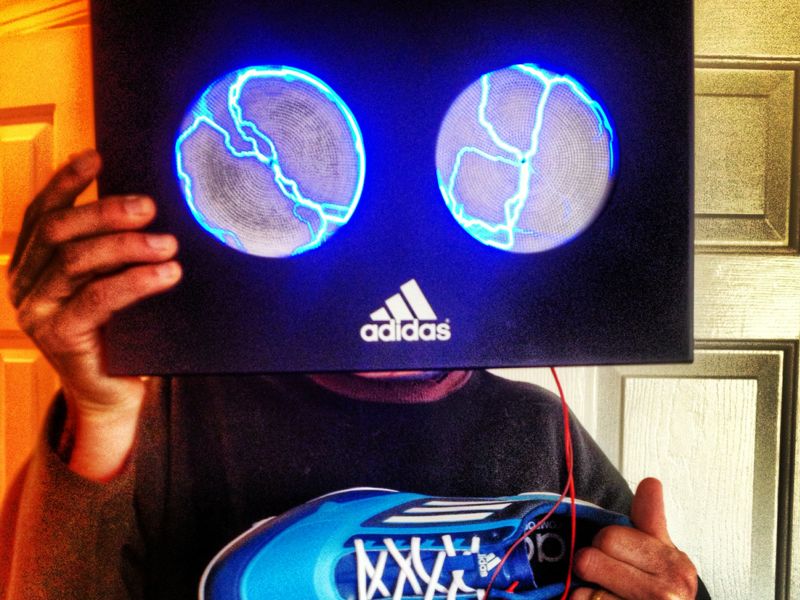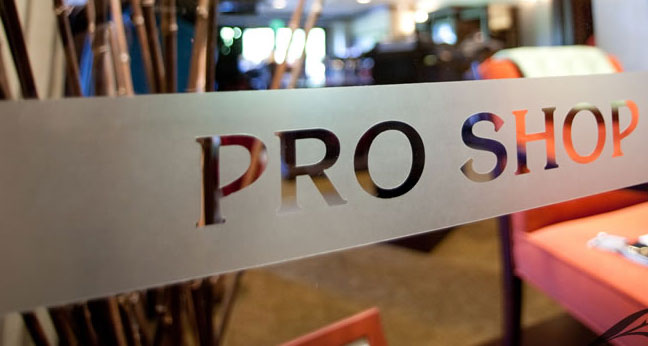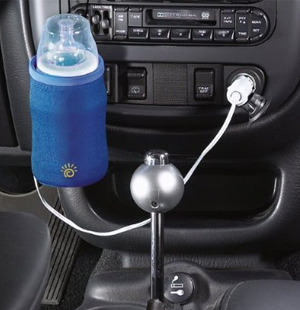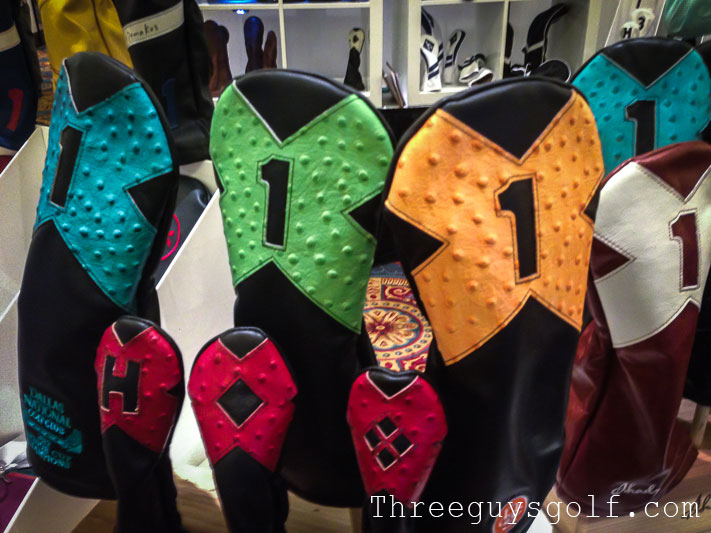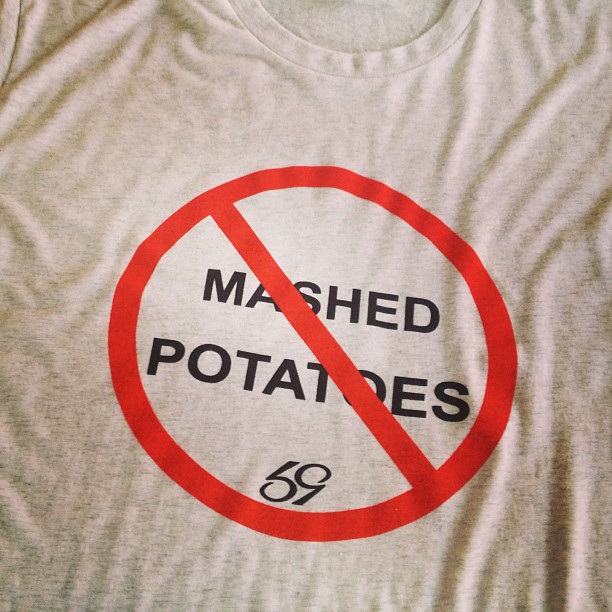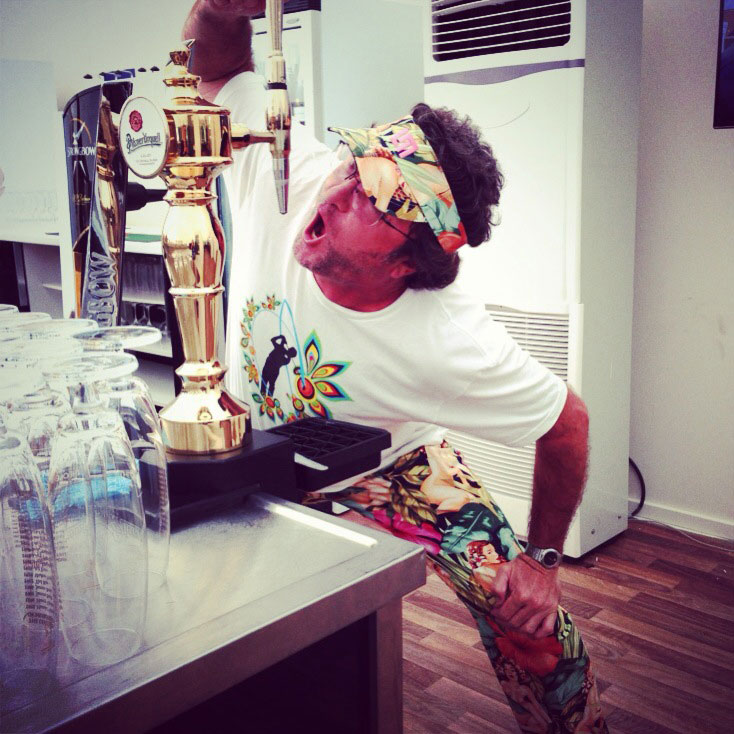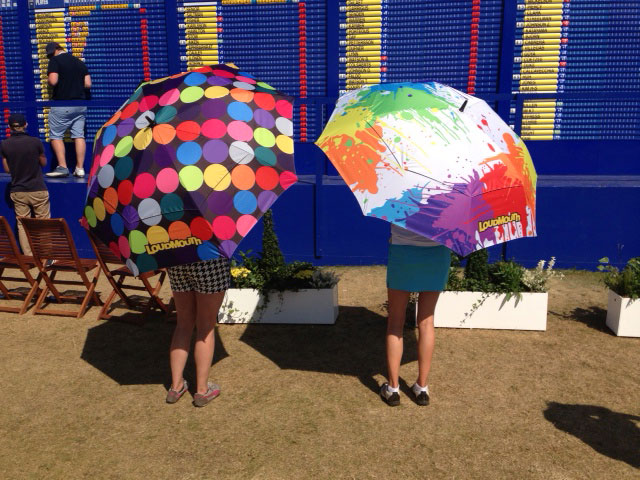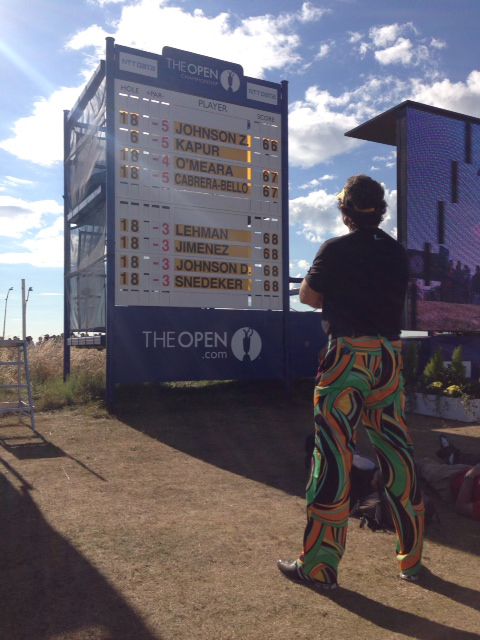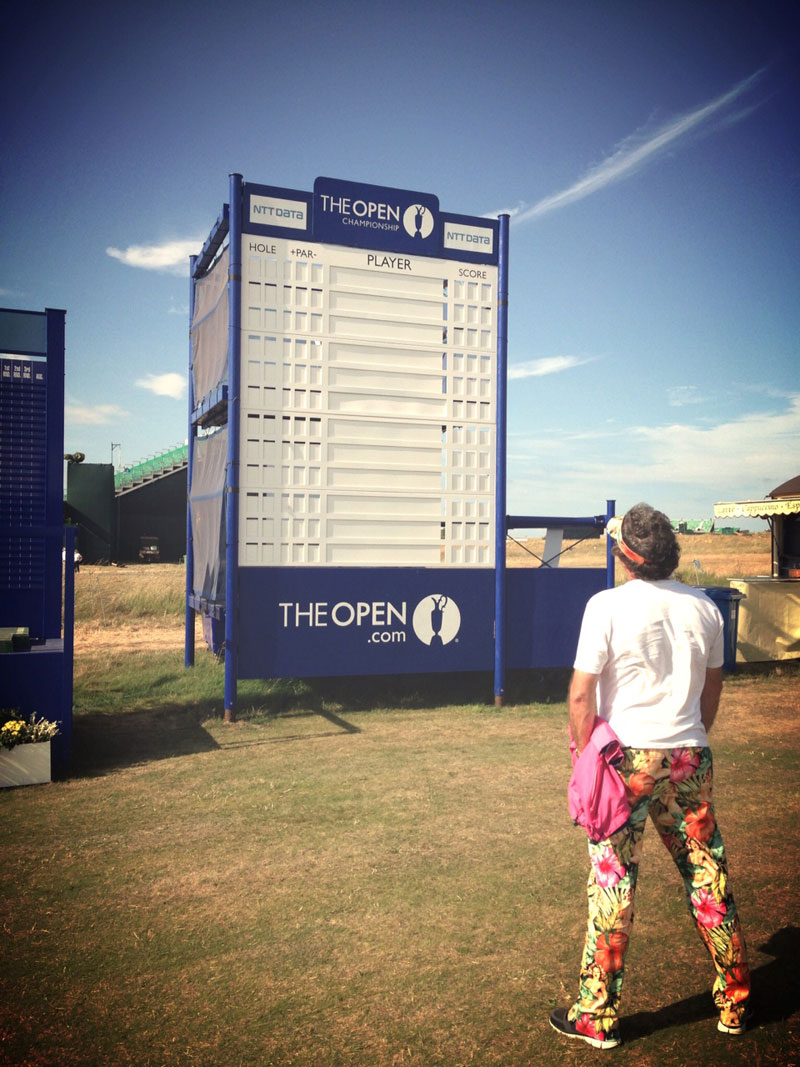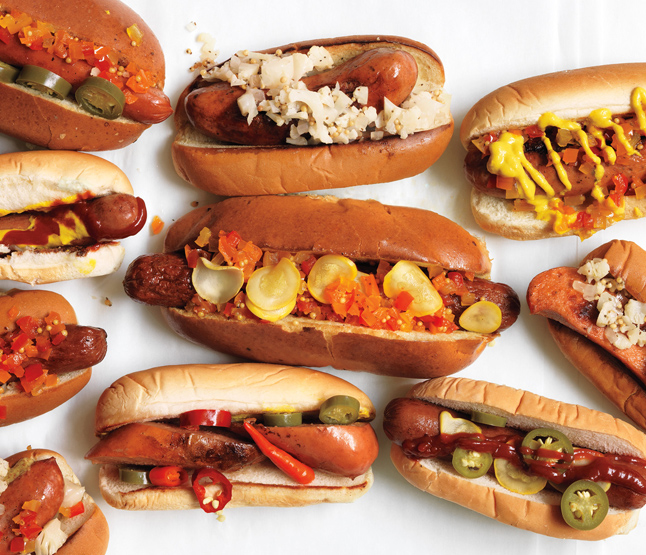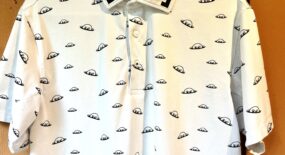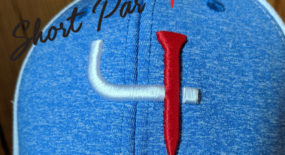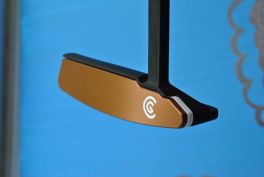From a business standpoint, a golf course has many ways to make an impression on a golfer’s mind – course layout, course conditions, the people, the price, and for the purposes of this post, the clubhouse. Now as a typical meathead golfer, I’ve never really cared if I paid my greens fees in a replica of the Taj Mahal or through the side door of a double-wide, just let me get to the first tee as soon as possible. In fact, when it comes to pro shops, I could care less what products they have to offer, because quite frankly, I ain’t buyin ’em. I’m not sure who decided that making a purchase in a golf clubhouse should be the fiscal equivalent to an airport or Disney World, but I do know that I am certainly not their target demographic and therefore I feel no obligation to take part (nor do I feel any guilt over bringing my own Gatorades and pony keg to the track).

“Sorry, can’t go lower than $75 on the shirt. Inventory turnover? I don’t follow.”
For that reason, I don’t even bother rating a clubhouse for any of the various ways that they decide to do their thing . . . with one exception: the hot dog. The golf course dog has been a staple of the American golfing experience since 1776 (according to my records), and along with $11.00 sleeves of Top-Flites, it is something that can be counted on at every course. The continuity, however, stops there. I’ve compiled the following list to help each facility shore up their course hot dog game to satisfactory levels. To clubhouses everywhere, please heed the following tips:
1) Speed – the entire essence of the course dog is that it’s the quick option when making the turn. If I need more than a Snickers bar or some ridiculous Nab-like product to “fuel” my sweet game, it is universally understood that my only logical option as a legitimate golfer is the dog. Therefore, just make-a-da-dog. If some nutjob ahead of me ordered the grilled chicken club, or my genius buddy went with the pulled pork daily special, that’s their problem. A golfer who orders a hot dog is a responsible one – his/her order takes priority every time.
2) Availability – A sub-category of speed. However you choose to cook your raw materials, whether it be via boiling water, the grill, or the always classy log-roller, just make sure they are at the ready at all times. If you open the clubhouse at 7:00 a.m. to do a breakfast run, please do not wait until 10:45 to fire up los dogans. For starters, it is physically impossible to overcook a hot dog. Second, if I come through the turn anytime after 9:00 a.m. the hot dog is officially in play – don’t tell me they “just went on” and make me decide whether or not to roll the dice on a potentially raw dog. I’ve got enough going on in my cranium out there, no need to pile on. And finally, worst-case scenario is you make too many and end up tossing a few hot dogs at the end of the day . . . at $0.07 per unit, I’m certain the budget can handle it.
3) Diameter – I’m not sure how this happened, but apparently some of the higher-end courses have been convinced that the quality of a hot dog is directly correlated to its diameter. FALSE! In reality, an argument could be made that a hot dog is simply a vehicle for consuming bread, mustard, onions, chili, slaw, or whatever else the champion golfer in you desires. So by that logic, a hot dog simply cannot be too skinny. Furthermore, when dealing with an encased tube of meat byproduct, there comes a point where the appeal actually decreases as diameter increases. In Econ 101 we call this the point of diminishing marginal returns; in the case of golf course dogs it’s simply coined “the point where I am suddenly reminded that hot dogs consist solely of lips and assholes”.
4) Good rolls – Obvious, right? Apparently not. I’m not saying you have to steampress the buns after making them from scratch that morning, but for the love of Tim Herron let’s make sure they have more moisture in them than your average sand trap. And much like with the hot dog itself, bigger/fancier bread does not automatically mean a better overall dog. Keep it simple, it’s one of the lowest forms of food in modern society, second maybe to Funyuns.

“Come again?”
5) Price – Sounds obvious but not so fast. Generally speaking, the hot dog should be the cheapest real food option on the menu at all times, and I think almost all courses abide by that rule. Every restaurant/bar that has 10 craft beers on tap and 30 others in bottles always has an offering of PBR that is $2.50 or less, as if to say “yes, for the most part we are ridiculous but if you’re not into it we’re still glad you came”. The golf course dog should play the same role – it is a clubhouse’s one chance to reach out to the everyday golfer and shake their hand. A frequent problem is that some courses seem to think that they are not allowed to sell any item for under $4.50 . . . but how can you justify that number with a lowly hot dog? Easy, add some mandatory chips and tack on 2 bucks. That’s bush league. The last thing I need is a side item with my one-handed grub. If I want the aftermath of this purchase to noisily last until the 13th hole, I’ll buy some chips.
That’s it on the dogs, but here’s a bonus cranky side note: It always seems so smart and efficient when courses put the menu and call box (dating myself) on the 9th tee. This way everyone can place their order ahead of time and pick it up on the fly. Brilliant, right? Well I’m not here to fully bash this concept, but I don’t want you proprietors to be so pleased with yourselves over it. The fact is, this option encourages too many donkeys to order the fried oyster po’boy with garlic aioli, which even if they ordered on the 7th tee would still force us to wait around for 10 minutes at the turn. Perhaps even more overlooked, however, is the level of hassle and complexity that just got introduced to the round. By the time I’m at the 9th tee, the last thing I need is to try and wrangle an entire lunch order for 4 meatballs, some of whom might want potato salad instead of chips or swiss cheese instead of cheddar. I just want to play some golf! So you can keep the menus out there if you want, just don’t give yourselves too much credit for improving the game.

“It doesn’t matter which comes first, it’s just half lemona . . . forget it, I’ll come do it myself.”



